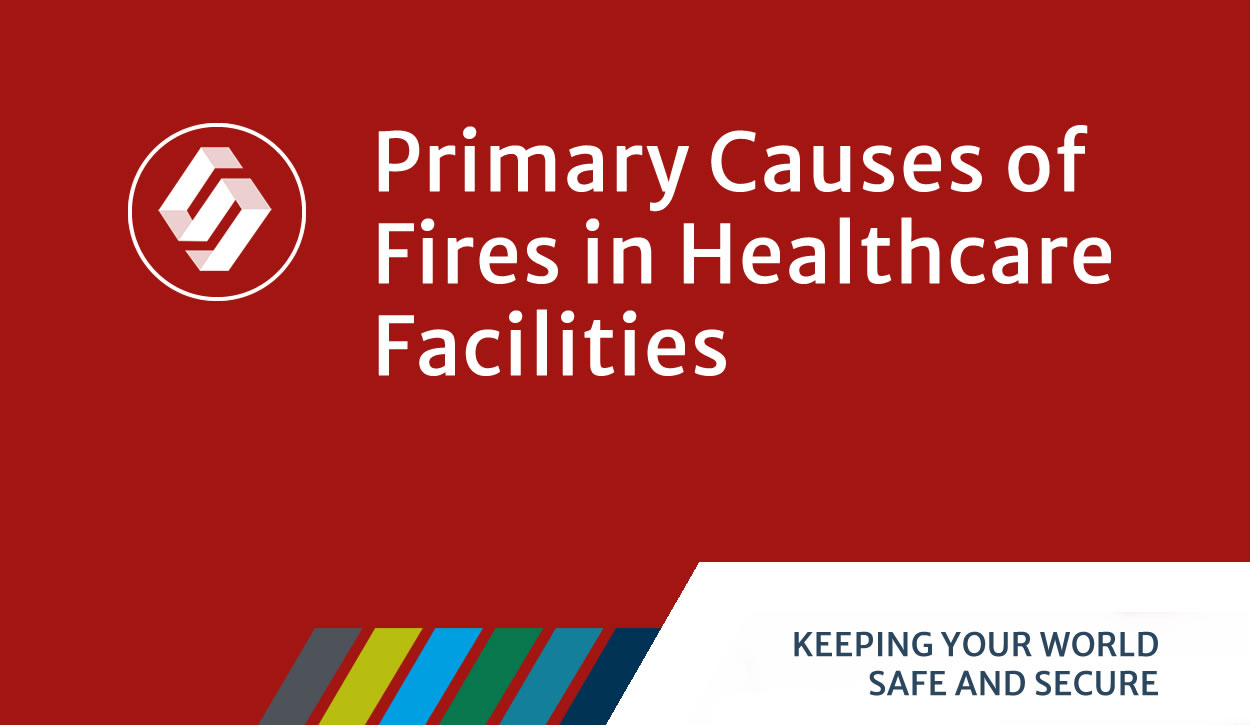Primary Causes of Fires in Healthcare Facilities
Fires in healthcare facilities pose a significant threat, resulting in loss of life and extensive property damage amounting to millions of pounds. Beyond the immediate impact, these incidents disrupt essential services, affecting thousands of individuals. Categorically, the causes of these fires fall into two main types: confined and unconfined.

Confined Fires:
Confined fires are limited to specific objects or equipment, making containment and extinguishment generally more manageable. Though they typically result in minimal injury or property loss, there can be damage from smoke and water. The primary causes of confined fires in healthcare facilities include:
- Cooking – The majority of confined fires in healthcare facilities originate in kitchens, with the peak occurrence just after noon during meal preparation.
- Electrical Malfunction – Constituting less than 10% of incidents, confined electrical malfunctions involve control mechanisms in small appliances or equipment with low voltage wiring. Extinguishing these fires requires either safely turning off electricity or using the appropriate fire extinguisher. Never use water on an electrical fire to avoid exacerbating the situation and risking injury.
- Heating Systems – Fires in heating systems typically occur in the boiler ignition system or as chimney fires within the flue. Professionals may be needed to extinguish flue fires.
Unconfined Fires:
Unconfined fires, characterised by the escape of heat throughout the building, represent a smaller percentage but lead to more significant loss of life and property damage. Local measures are usually insufficient, often requiring the intervention of a fire service. The leading causes of unconfined fires are:
- Electrical Malfunction – Accounting for nearly around a quarter of reported incidents, unconfined fires resulting from electrical malfunction can quickly spread through the building, originating from issues in electrical distribution and lighting equipment.
- Appliances – Fires originating in appliances, such as clothes washers and dryers, contribute to a lower percentage of incidents in healthcare facilities.
- Intentional Acts – Facilities catering to individuals with physical, developmental, and mental illnesses face a higher incidence of intentionally set fires, although these incidents constitute less than 10% of cases. Deliberate actions to initiate fires in healthcare facilities can have significant consequences.
Healthcare facility fire risk assessment and location management using optimum fire alarm systems, supported by a maintenance plan will reduce risks significantly. SS Systems are experts in care homes providing reliable fire safety systems, security systems and maintenance contracts, to ensure your residents, staff and visitors are safe and secure. Call one or our advisory team or complete the enquiry form below for more information.
#FireAlarms #FireRiskAssessment #FireSafetyEquipment #FireAlarmMaintenance

